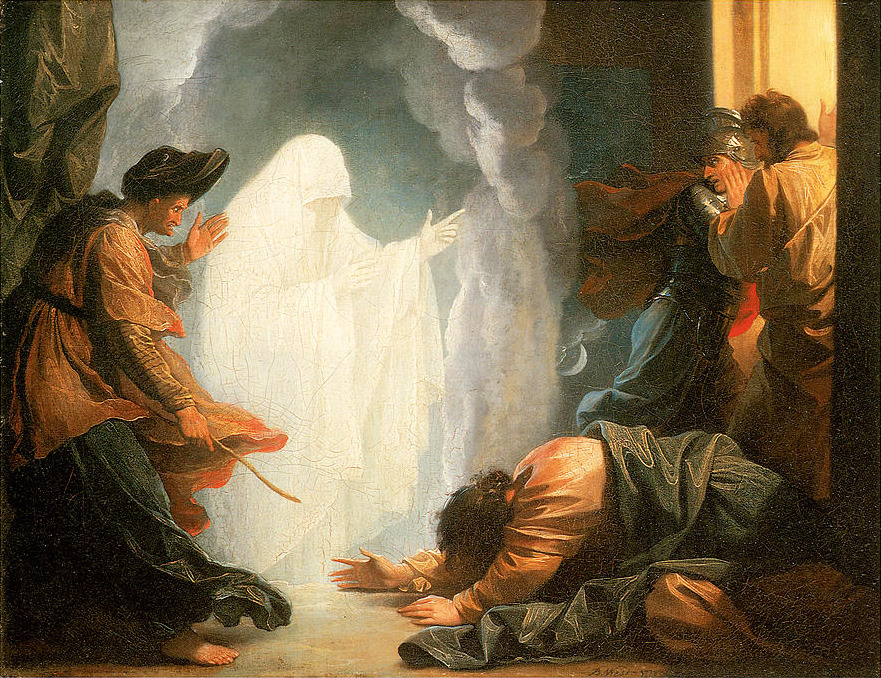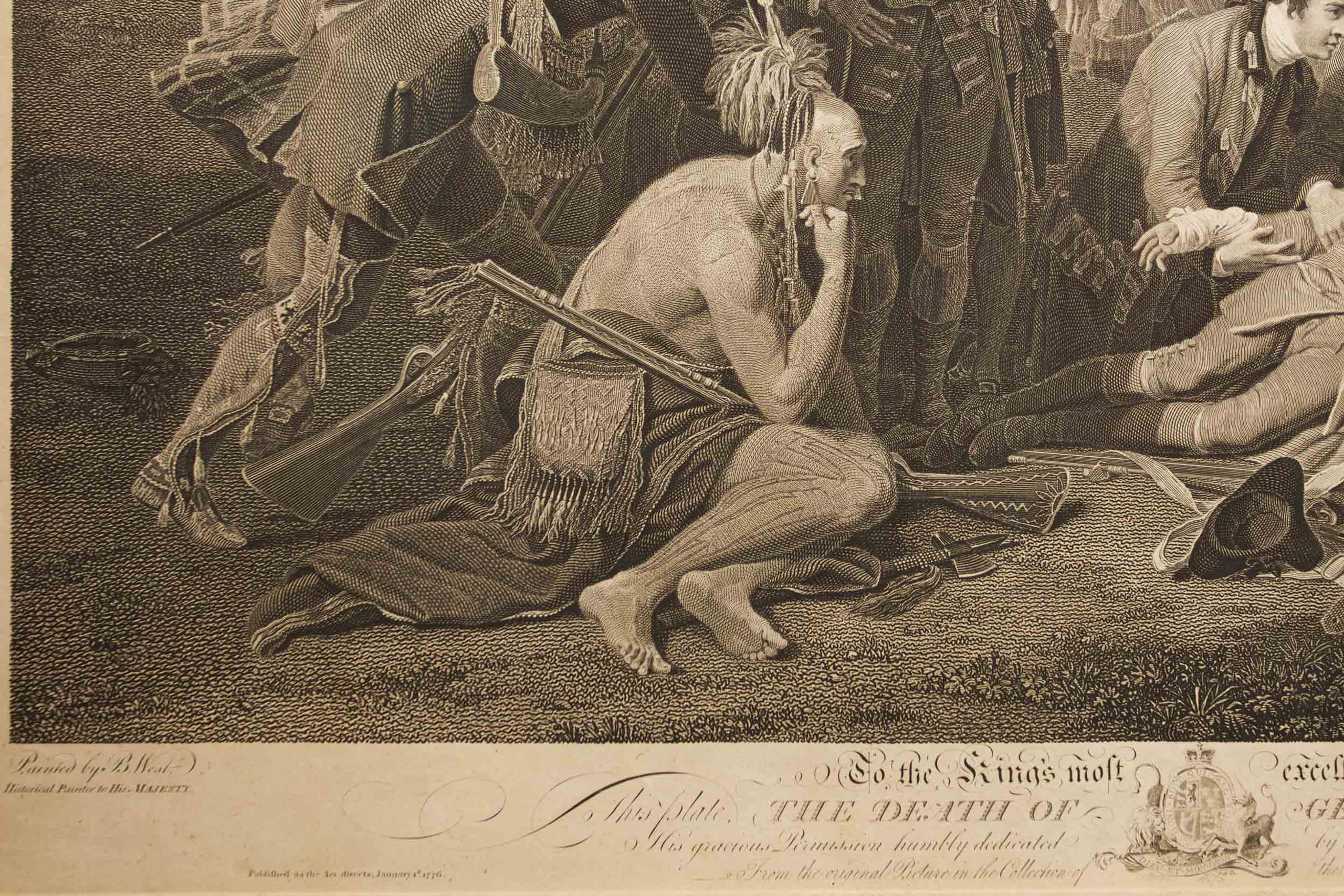
wrought upon the imagination of West, and induced him to make a drawing," which Henry saw and "requested" that West "paint it." When West needed a model for "the slave who presented the poison," Henry sent for one of his workmen. As Galt recounts the story, William Henry, a Lancaster gunsmith with whom West lodged, "read to him" about the death of Socrates from "the English translation of Plutarch." The "affecting story.

Toward the end of his life, as Susan Rather has demonstrated, West collaborated with his biographer, John Galt, to create the myth of a youth "instructed by nature" and "acquiring art artlessly." West's account of the origins of The 'Death of Socrates' participates in this mythmaking. West himself encouraged listeners to believe that the painting emerged out of his own youthful imagination. West learned Wollaston's techniques for painting the shimmer of silk and satin, and also adopted some of "his mannerisms, the most prominent of which was to give all his subjects large almond-shaped eyes, which clients thought very chic". During this time West met John Wollaston, a famous painter who emigrated from London. While in Lancaster, Pennsylvania, in 1756, West's patron, a gunsmith named William Henry, encouraged him to design a " Death of Socrates" based on an engraving in Charles Rollin's Ancient History the resulting composition, which significantly differs from West's source, has been called "the most ambitious and interesting painting produced in colonial America." Dr William Smith, then the provost of the College of Philadelphia, saw the painting in Henry's house and decided to patronize West, offering him education and, more important, connections with wealthy and politically-connected Pennsylvanians. Benjamin West was an autodidact (a person who has learned a subject without the benefit of a teacher or formal education) while excelling at the arts, "he had little (formal) education and, even when president of the Royal Academy, could scarcely spell".įrom 1746 to 1759, West worked in Pennsylvania, mostly painting portraits.
BENJAMIN WEST ENGRAVING FIDELIA AND SPERANZA HOW TO
West told John Galt, with whom, late in his life, he collaborated on a memoir, The Life and Studies of Benjamin West (1816, 1820) that, when he was a child, Native Americans showed him how to make paint by mixing some clay from the river bank with bear grease in a pot. The family later moved to Newtown Square, Pennsylvania, where his father was the proprietor of the Square Tavern, still standing in that town. West was born in Springfield, Pennsylvania, in a house that is now in the borough of Swarthmore on the campus of Swarthmore College, as the tenth child of an innkeeper. He was the second president of the Royal Academy in London, serving from 1792 to 18 to 1820. By another royal appointment West was made a charter member of the Royal Academy, succeeding Reynolds as president in 1792.īenjamin West was an Anglo-American painter of historical scenes around and after the time of the American War of Independence.

King George III commissioned him to paint several pictures, and in 1772 he appointed West historical painter to the king with an annual allowance of 1,000 pounds. Soon other influential Londoners, Samuel Johnson for one, took an interest in the young American.

Known in London as "the American Raphael," he became a friend of Sir Joshua Reynolds, England's leading painter. In 1763 he went to England and remained there for life. Then he went to Italy for three years of study. He also served as a militia captain in Indian campaigns in Pennsylvania. For a time West studied in Philadelphia and New York City.

When he was 16 his Quaker community approved art training for him. Young West was encouraged to draw, and it was said that he got his first paints from his Indian friends. 10, 1738, of Quaker parents in Springfield (now Swarthmore) in the Pennsylvania colony. West abandoned the tradition of painting people in Greek and Roman dress, the first major artist working in England to do so. One of the first American artists to win a wide reputation in Europe, Benjamin West exerted considerable influence on the development of art in the United States through such young American painters as Gilbert Stuart, Charles Willson Peale, and John Singleton Copley. He was historical painter to George III (1772-1801), a founder of the Royal Academy (1768), and in 1792 he succeeded Sir Joshua Reynolds as its president. American Neoclassical Painter and Draftsmanīenjamin West was an American-born painter of historical, religious, and mythological subjects who had a profound influence on the development of historical painting in Britain.


 0 kommentar(er)
0 kommentar(er)
